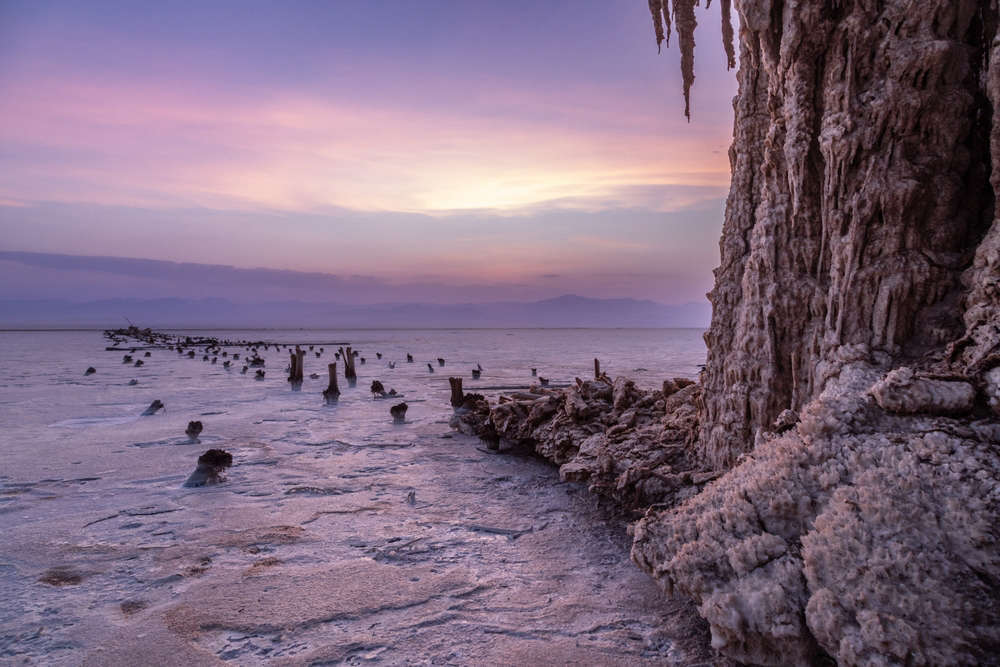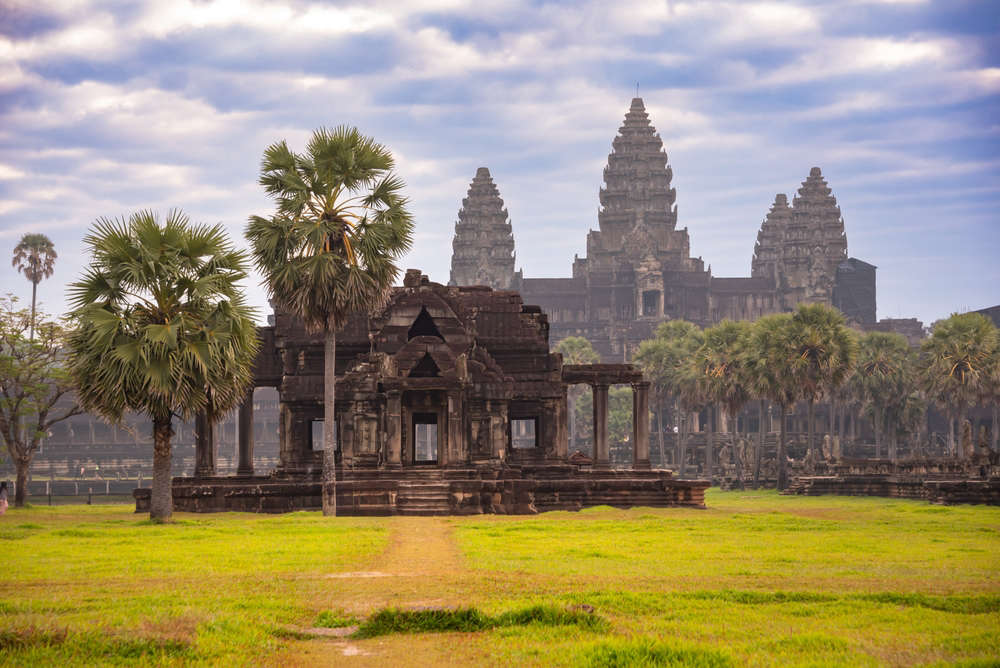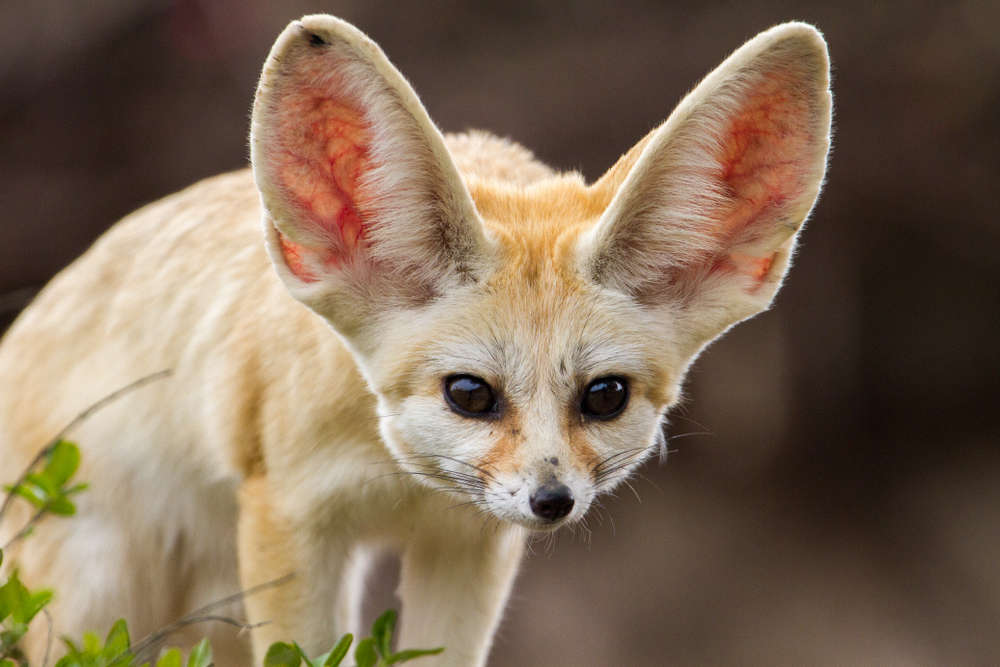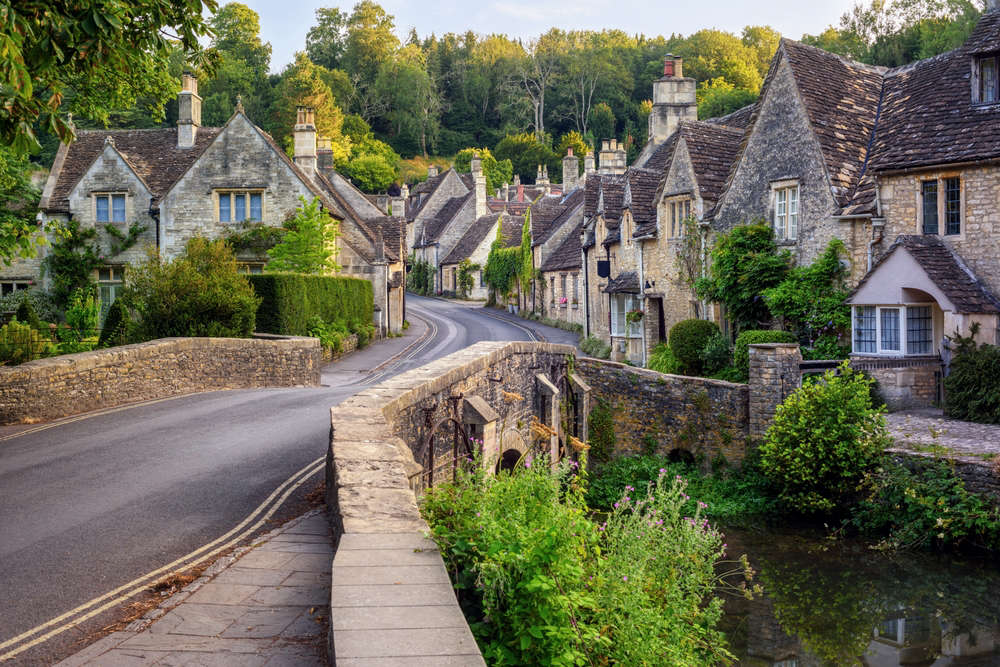
The Earth is home to some of the most breath-taking landscapes, but it also harbours regions so extreme that they challenge the limits of human survival. From scorching deserts to freezing wastelands, here are five of the most inhospitable places on the planet:
1. Death Valley, USA
Located in California, Death Valley holds the record for the highest temperature ever recorded on Earth: -134°F (56.7°C). This arid desert is characterized by scorching heat, minimal rainfall, and a barren landscape that makes life difficult for most organisms. Only specially adapted plants and animals, like the resilient creosote bush and the heat-tolerant desert tortoise, can survive in these conditions.
2. The Atacama Desert, Chile
Known as the driest non-polar desert on Earth, the Atacama Desert receives less than 0.6 inches (15 mm) of rain per year, with some areas having gone centuries without measurable precipitation. The soil here is so arid that scientists have compared it to the surface of Mars. Despite its harsh conditions, certain microbial life forms have managed to adapt, offering insight into possible extra-terrestrial life.
3. Antarctica
The coldest, driest, and windiest continent on Earth, Antarctica is an ice-covered wilderness where temperatures can plummet to -128.6°F (-89.2°C). The relentless katabatic winds can exceed 200 mph, making survival almost impossible without proper gear. Despite its extreme environment, Antarctica hosts a variety of resilient life forms, including emperor penguins and microscopic extremophiles that thrive beneath the ice.
4. Danakil Depression, Ethiopia
Often described as “Hell on Earth,” the Danakil Depression is one of the hottest and most alien-looking places on the planet. With temperatures averaging over 113°F (45°C), this volcanic region features bubbling lava lakes, toxic sulfur fields, and acid pools. The air is thick with poisonous gases, making it nearly uninhabitable for humans and most wildlife.
5. The Summit of Mount Everest, Nepal/Tibet
Rising to an altitude of 29,032 feet (8,849 meters), the summit of Mount Everest is a place of extreme cold, low oxygen levels, and brutal winds. Known as the "death zone," the air here is so thin that even experienced climbers struggle to breathe without supplemental oxygen. The harsh conditions, coupled with unpredictable weather, make it one of the most challenging environments on Earth.

 Five Of The Most Wondrous Ancient Ruins In The World
Five Of The Most Wondrous Ancient Ruins In The World
 Five Animals You Wouldn’t Believe Are Kept as Pets
Five Animals You Wouldn’t Believe Are Kept as Pets
 Five Most Pet-Friendly Destinations in the UK
Five Most Pet-Friendly Destinations in the UK
 Five UK Valentine's Destinations Perfect For A Night Away
Five UK Valentine's Destinations Perfect For A Night Away
 Five Highly Romantic Meals Perfect for Your Valentine
Five Highly Romantic Meals Perfect for Your Valentine
Comments
Add a comment